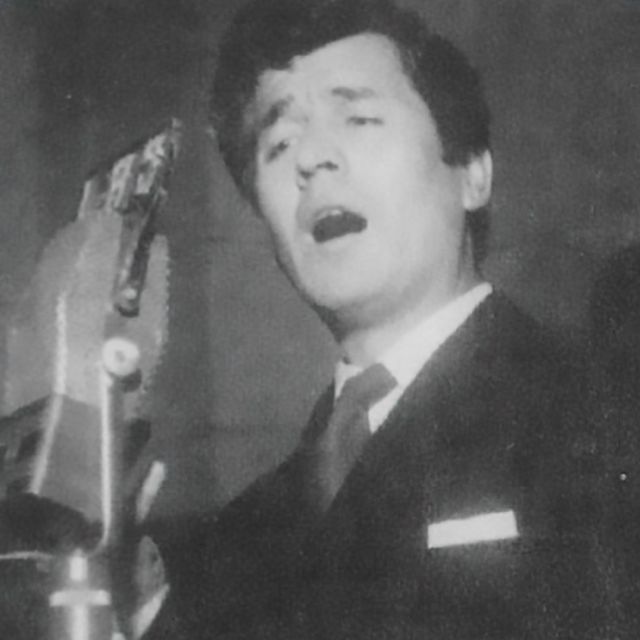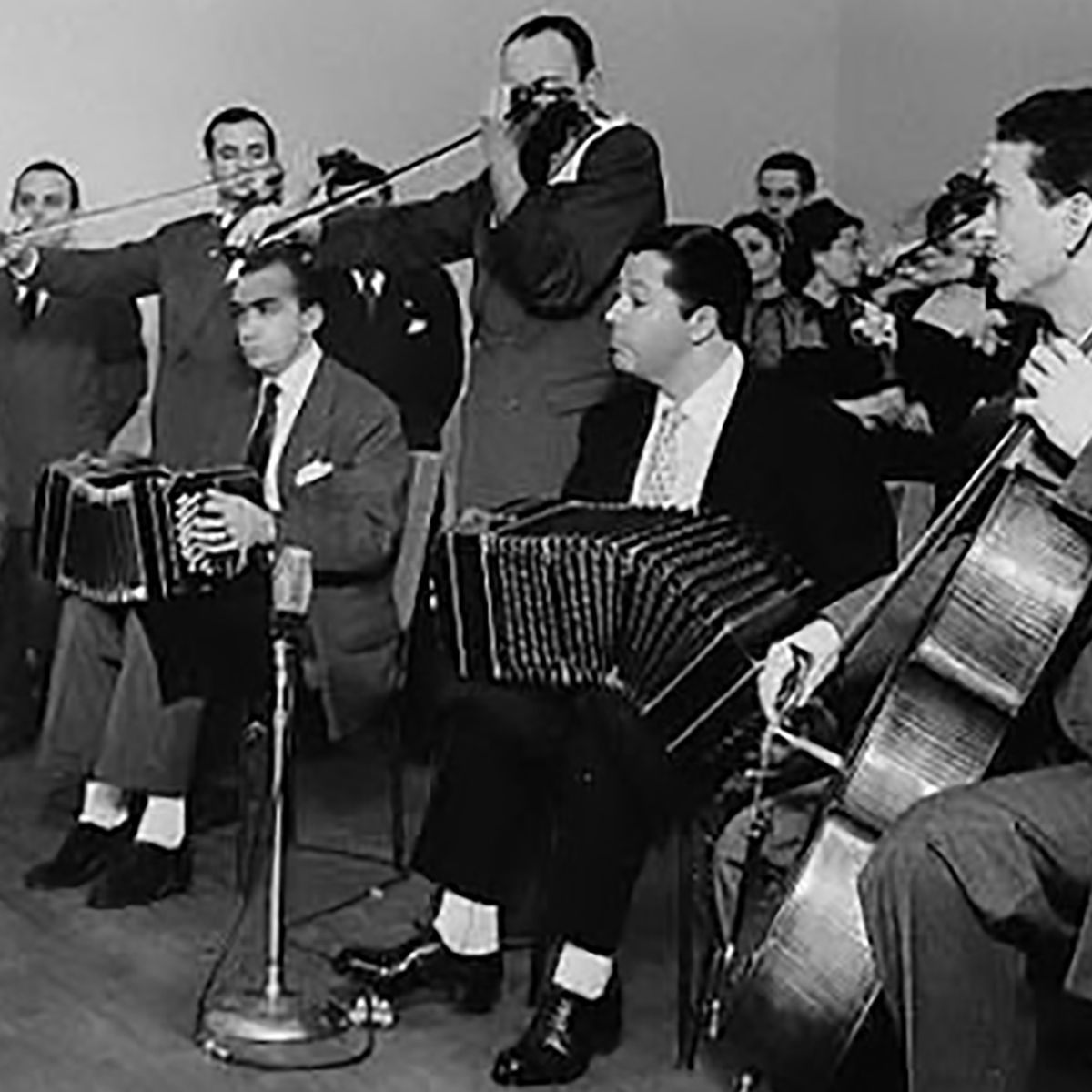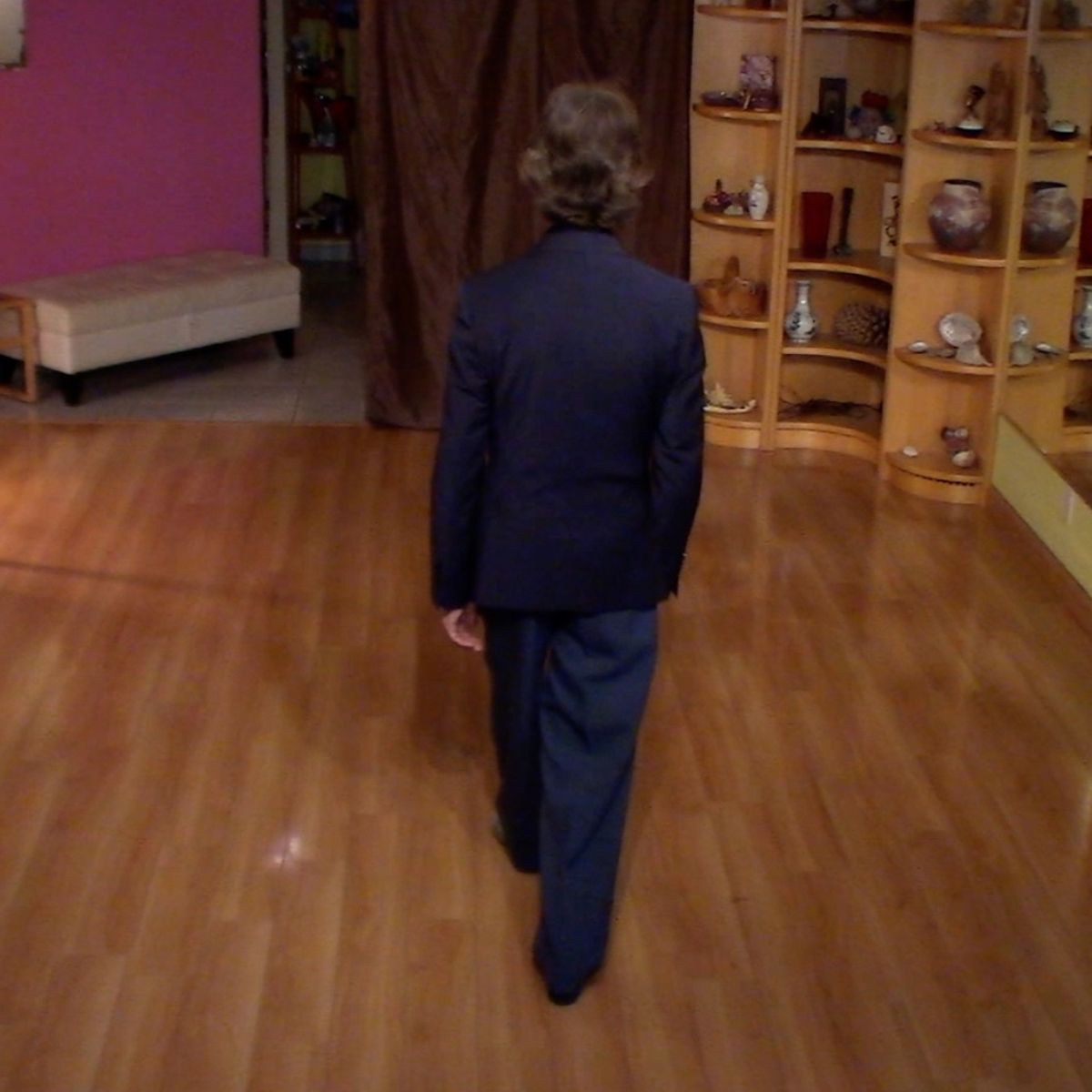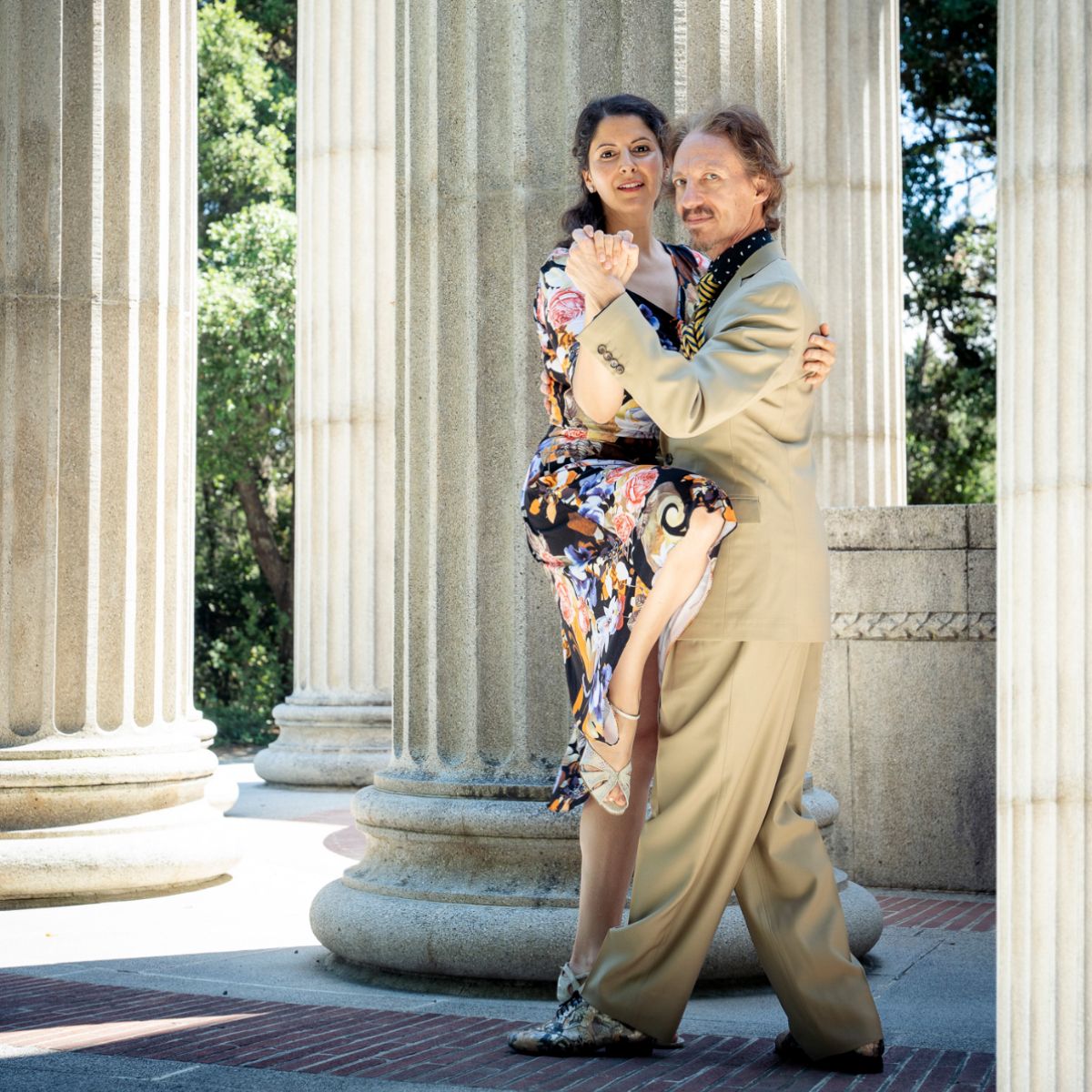Perhaps we all live in different worlds, with the things and people we surround ourselves with. A life could thus develop in the direction of a choice of one’s own world in which to inhabit.
I think that perhaps a good way of living would develop in the direction of becoming more and more capable of directing and selecting what goes into the process of our existence.
In particular, as far as I am concerned, I prefer what increases the power of my physiology, makes my body more versatile, adaptable, and happy, my mind more lucid, and my spirit lighter and dancing.
Here is the foundational question that is answered with living itself: How to live?
That would be dancing!
Should I ask myself “what for” and/or “for whom”?
We could also perhaps answer ourselves: “there are immediate, urgent things to resolve; we live at a precise moment in history which conditions us, that is, it enslaves us and forces us to do things that we would not do otherwise. Let us, then, postpone our plan, our life, until we have resolved the present and responded to all the obligations implicit in its calls”.
In particular, my truth concerning this is that we will eternally be bound by the present. We were born like this: OBLIGATED.
My opinion on this is the following: it is a matter of perspective; It depends a lot on where we look at life from and where we place ourselves –physically and spiritually– to look at it.
Sometimes people leave the dance; that is, they abandon the dancing project because they run into a barrier they don’t dare to cross. Although they always give themselves other excuses.
I have abandoned many of my previous lives to lighten up enough to be able to continue dancing.
And do not think that you will not find doubts about yourselves and the value of dancing!
There are many possible worlds, many parallel realities that cannot be accessed in any “objective” way, such as the achievements of science and technology.
Don’t you think you should dare?
But this is a matter of taste.
When I see someone who dances, who DANCES, I see someone free. His body is no longer “
ergastulum“, as the Catholic Church used to say in the Middle Ages, meaning “prison of the spirit”, a spirit that must wait until death to be released.
When I see someone DANCING, I see his soul already free in life, no longer waiting, postponing, procrastinating life to perhaps one day meet that fundamental question not only unanswered but never asked.









